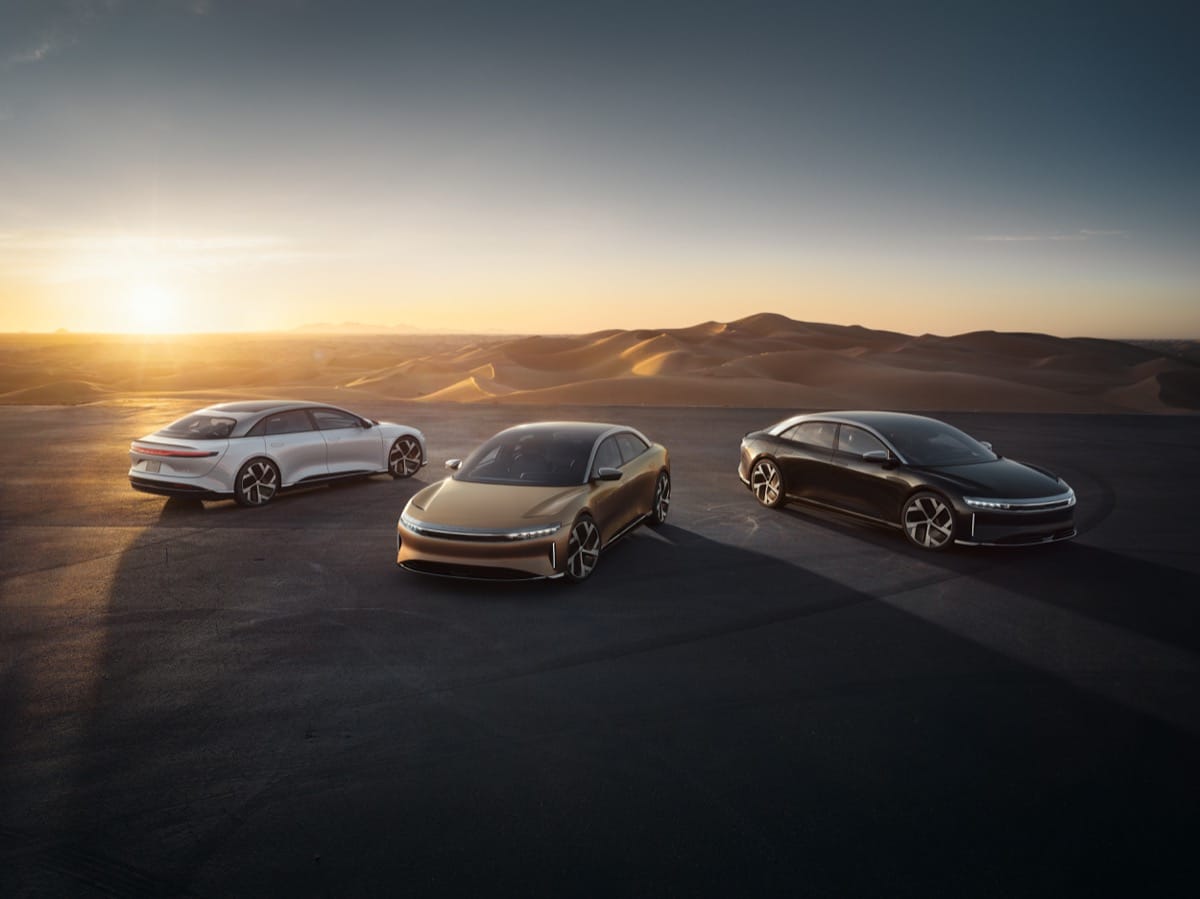Surge in U.S. EV Registrations: What’s Sparking the Revolution?
May 2024 marked a significant milestone in the American automotive industry as electric vehicle (EV) registrations surged unexpectedly. This unprecedented increase indicates a notable shift in consumer preferences and paves the way for a more electrified future. While numerous factors contribute to this surge, from government incentives to technological advancements, the rise of EVs in the U.S. has profound implications.
Government Policies and Incentives
One of the driving forces behind the growth in EV registrations is the array of government policies and incentives designed to promote cleaner transportation. Federal tax credits and state-specific incentives have made EVs more financially accessible to the average consumer. Additionally, the Biden administration’s push towards achieving net-zero emissions by 2050 has fueled significant investments in EV infrastructure.
Many states have introduced rebates for purchasing electric vehicles, further reducing the initial cost for consumers. These policies not only make EVs an attractive option but also reflect a broader commitment to reducing greenhouse gas emissions.
Technological Advancements Driving Adoption
Advancements in battery technology have revolutionized the EV market, making these vehicles more efficient and affordable than ever before. With longer ranges and faster charging times, modern EVs address many of the concerns that previously deterred potential buyers.
Companies like Tesla, Rivian, and Lucid Motors are at the forefront of these innovations, constantly pushing the boundaries of what electric vehicles can achieve. The introduction of more affordable and diverse EV models has also played a critical role in broadening the appeal across different market segments.
Impact on Infrastructure and Urban Planning
The surge in EV registrations necessitates enhancements to existing infrastructure. More charging stations are essential to accommodate the growing number of electric vehicles on the road. Cities across the U.S. are investing in expanding their EV charging networks, with some even incorporating charging stations into urban planning projects.
This shift also prompts a reevaluation of urban mobility solutions, including integrating electric buses and ride-sharing services. The move towards electrification is not just about individual car ownership but also about creating sustainable and interconnected urban transport networks.
Consumer Perception and Market Trends
Consumer attitudes towards electric vehicles have evolved significantly. Initially seen as niche products for the eco-conscious elite, EVs are now widely regarded as viable alternatives to traditional gasoline-powered cars. Enhanced performance, lower maintenance costs, and environmental benefits resonate with a broader audience.
Marketing strategies from leading automakers emphasize sustainability and innovation, changing public perceptions. The growing presence of EVs in popular culture, through movies, advertisements, and social media, has also contributed to normalizing electric vehicles.
Challenges and the Road Ahead
Despite the impressive growth, challenges remain in the widespread adoption of EVs. Issues such as battery recycling, the current limitations of charging infrastructure in rural areas, and the high initial costs for some models need addressing. However, ongoing research and development efforts aim to tackle these problems.
The road ahead for EVs in the U.S. is promising. With continuous advancements and supportive policies, the dream of an electrified automobile industry is becoming a reality. The spike in registrations in May 2024 is just the beginning of a larger movement towards sustainable transportation.
As the automotive landscape evolves, the focus will increasingly shift towards innovation, investment, and infrastructure that can support a future dominated by electric vehicles.
